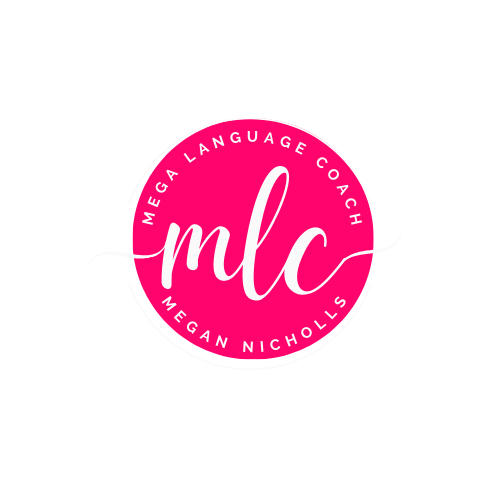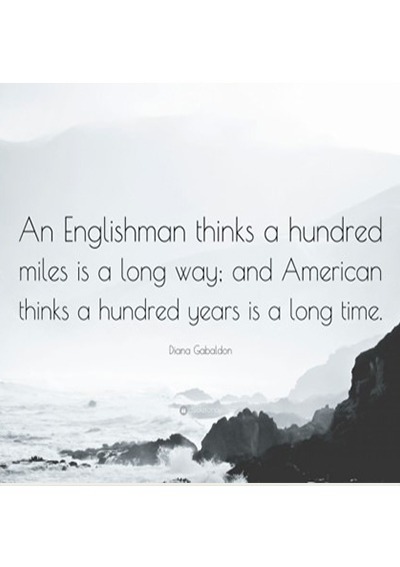“The difference between the USA and the UK is that Americans think 100 years is a long time, while the English think 100 miles is a long way.”
This quote beautifully illustrates how linguistic and cultural differences shape our worldview, even when speaking the same language.
I’ve learnt a lot through my experiences living and working in both England and North America. While I’m speaking broadly about the UK and US, it’s important to note that the UK is made up of four distinct and diverse countries (England, Scotland, Wales and Northern Ireland), each with its own dialects and accents, much like the regional diversity of the US.
We can’t generalise entire countries into simplistic stereotypes, but I do think it’s helpful to offer a guide for working with clients or colleagues from different cultures, especially when both parties are using English, but with very different expectations and interpretations.
From a language perspective, we can view these cultural contrasts through different lenses:
- Spelling: Why does American English dislike our lovely u in colour or favour, and prefer the letter z in organize?
- Pronunciation: Aluminium… I’m looking at you!
- Vocabulary: Crisps and chips can’t be that complicated… can they?
If we dig a little deeper below the spoken words, we often uncover subtle but significant cultural differences. We may be using the same vocabulary, but the meaning and tone behind the words can be completely misunderstood particularly in professional settings.
For instance:
In British English, a “quick chat” might turn into an hour-long meeting. In American English, it usually means a five-minute catch-up.
“Take a rain check” is a casual way to decline in the U.S., but in the UK it’s often seen as a polite promise to reschedule.
I noticed that North Americans tend to be more informal, enthusiastic, and direct in business communication. I was genuinely surprised by how many times a day I heard something described as “awesome” with a level of enthusiasm that felt unfamiliar to me at first.
In contrast, professionals in the UK and across Europe often maintain a more formal tone, clearer boundaries between personal and professional life, and a preference for indirect language, especially when giving feedback.
These small differences can lead to miscommunication in international teams.
What’s considered “efficient” in one culture might feel rushed in another.
And what’s considered “polite” in one region might come across as distant or unengaged elsewhere.
So, how do we bridge these gaps when using British English or American English in business?
- Develop cultural curiosity
Be open, observant, and adaptable. Ask open-ended questions to understand the other person’s expectations. - Be mindful of your language
Whether you’re using British English or American English, remember: the context matters more than the spelling or vocabulary. - Understand the cultural subtext
Take time to research how different cultures use English in business conversations, meetings, and emails. - Check for clarity
If you’re unsure how your message is being received, ask for confirmation or rephrase using simpler language. - Adapt your communication style
Notice how your colleagues write emails or give feedback, and mirror the tone when appropriate. One size doesn’t fit all.
Communication in international business goes far beyond “speaking English”.
It’s about how we interpret messages, build trust, and show respect — no matter which version of English we’re using.
And remember: in global teams, many conversations involve non-native English speakers, so the goal isn’t perfection. The goal is clarity, connection, and understanding.
I work with professionals every day who want to improve their communication in British English and develop the confidence to thrive in international business settings.
There’s no single “correct” way to speak and I think that’s what makes language dynamic, nuanced, and exciting.

